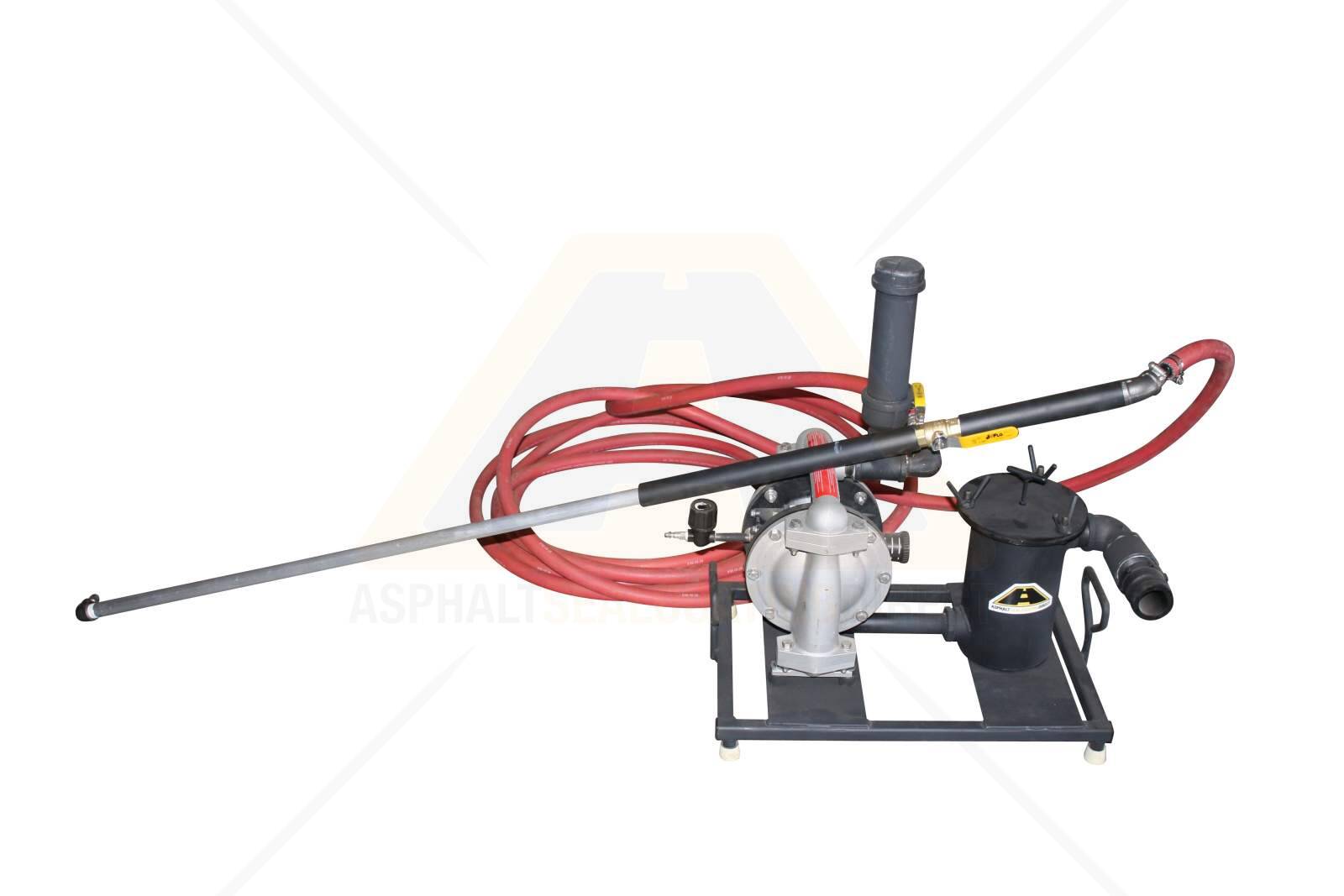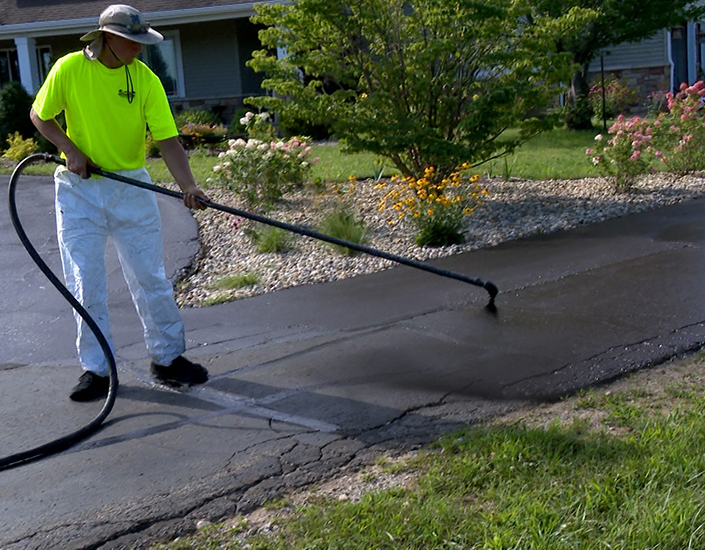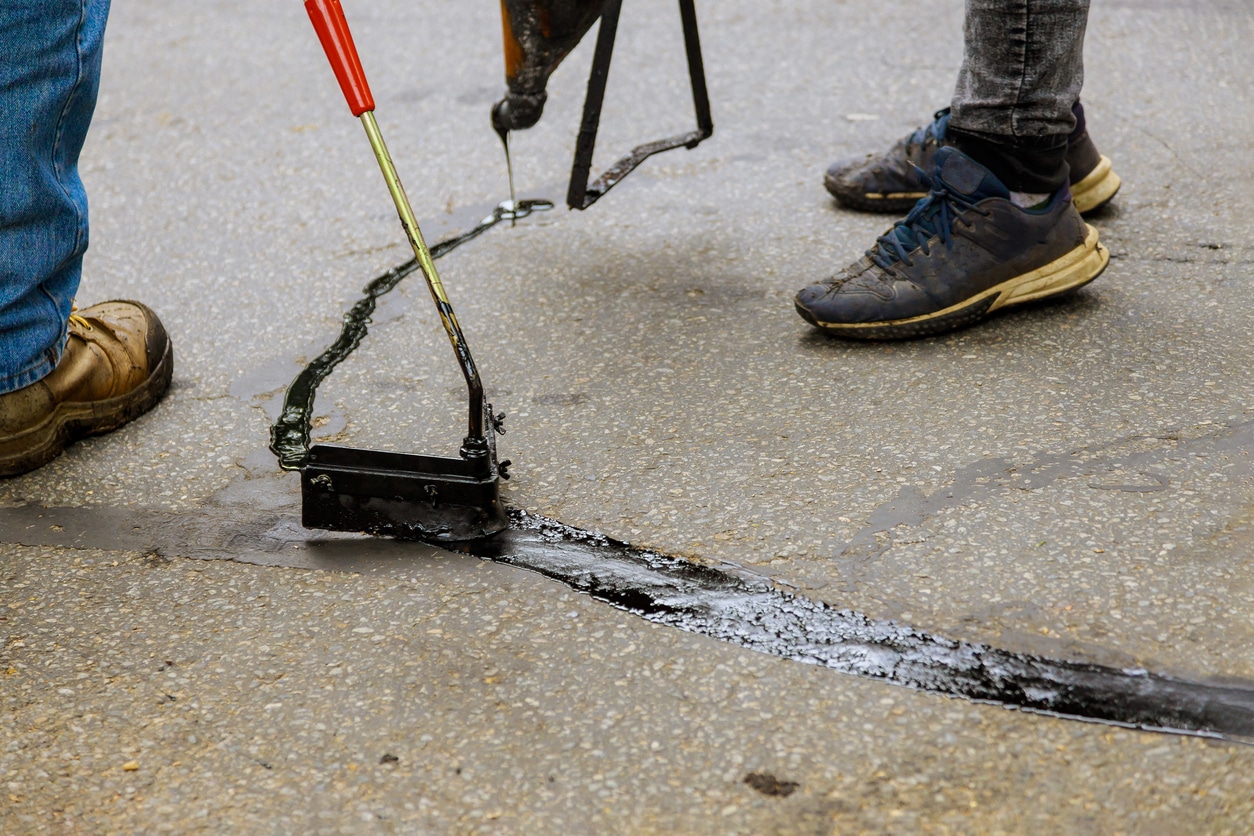Transform Your Home's Looks: Commercial Parking Area Paving and Asphalt Sealing Solutions
Transform Your Home's Looks: Commercial Parking Area Paving and Asphalt Sealing Solutions
Blog Article
Hot Mix Asphalt: A Lasting Option for Pavement
Hot Mix Asphalt (HMA) has actually arised as a leading lasting selection for pavement solutions, supplying a myriad of environmental advantages and innovative innovations. As the demand for environment-friendly building methods grows, discovering the nuances of HMA's sustainability can give beneficial insights into the future of sidewalk services.
Ecological Advantages of Hot Mix Asphalt

Additionally, Hot Mix Asphalt assists to mitigate city warm island effects. Its dark color absorbs sunlight, minimizing the amount of warmth reflected back into the atmosphere contrasted to lighter-colored sidewalks. This can lower ambient temperature levels in urban locations, reducing the demand for air conditioning and ultimately decreasing energy consumption.
In enhancement, Warm Mix Asphalt adds to enhanced stormwater monitoring. Its porous nature allows water to recharge and infiltrate the sidewalk groundwater products, decreasing overflow and the danger of flooding. These environmental advantages make Hot Mix Asphalt a sustainable option for leading roadways and freeways.
Energy Effectiveness in HMA Production
Is energy performance an essential variable in the manufacturing of Hot Mix Asphalt (HMA)? Power plays a significant duty in the production of HMA, affecting both cost and environmental sustainability. One key facet of energy performance in HMA production is the usage of cozy mix asphalt (WMA) innovations.
Additionally, advancements in plant technologies have led to even more energy-efficient HMA manufacturing procedures. By enhancing energy use in HMA production, the market can decrease its carbon impact while keeping top quality sidewalk products.
Recyclability of Warm Mix Asphalt
The recyclability of Hot Mix Asphalt (HMA) is a pivotal facet of its sustainability and long-term ecological influence. HMA is just one of the most recycled materials in the United States, with over 100 million lots of reclaimed asphalt pavement (RAP) being reused each year in new sidewalk building. Recycling HMA uses numerous ecological benefits, such as reducing the demand for virgin materials, reducing energy usage throughout manufacturing, and lowering the quantity of waste sent out to land fills.
The procedure of reusing HMA includes milling the existing sidewalk, squashing it into smaller sized pieces, and mixing it with brand-new aggregate look what i found and asphalt binder to create a recycled mix. In general, the recyclability of HMA plays a substantial function in advertising lasting practices within the sidewalk market.

Long-Term Performance of HMA
Asphalt pavements demonstrate durability and durability over an extended duration, reflecting the long-term performance of Hot Mix Asphalt (HMA) Furthermore, improvements in check here HMA innovation, such as the usage of polymer-modified binders and cozy mix asphalt, have further improved the sturdiness and longevity of HMA pavements. By prioritizing top quality building and maintenance techniques, HMA proceeds to prove itself as a cost-efficient and sustainable remedy for resilient sidewalk infrastructure.

HMA: Sturdiness and Sustainability
Showing both sturdiness and sustainability, Hot Mix Asphalt (HMA) has become a cornerstone in the building and construction of durable sidewalk facilities - hot mix asphalt. HMA's durability comes from its capability to hold up against hefty loads, rough climate conditions, and high web traffic volumes, making it a trusted selection for roadways, highways, and flight terminal paths. The structure of HMA, which typically consists of accumulations, binder, and filler, plays a vital role in enhancing its longevity and resistance to tear and put on
Furthermore, HMA's sustainability depends on its recyclability and energy-efficient manufacturing procedure. The ability to recycle reclaimed asphalt pavement (RAP) in brand-new HMA blends reduces the need for virgin products and reduces the environmental effect of pavement building and maintenance. Furthermore, the power efficiency of creating HMA depends on its reduced mixing temperature levels contrasted to other sidewalk products, bring about minimized energy intake and greenhouse gas discharges.
Conclusion
In conclusion, warm mix asphalt (HMA) uses a lasting remedy for sidewalk with its ecologically pleasant characteristics. HMA's recyclability, energy performance in manufacturing, and long-term longevity make it a green option for roadway building and construction.
HMA is one of the most recycled materials in the United States, with over 100 million heaps of recovered asphalt pavement (RAP) being reused yearly in brand-new sidewalk building and construction.The process of recycling HMA includes milling the existing pavement, crushing it right into smaller sized items, and mixing it with brand-new accumulation and asphalt binder to click site produce a recycled mix.Asphalt sidewalks demonstrate longevity and durability over an extensive period, showing the long-term performance of Warm Mix Asphalt (HMA) Furthermore, improvements in HMA technology, such as the use of polymer-modified binders and warm mix asphalt, have better enhanced the durability and durability of HMA pavements. The ability to recycle recovered asphalt sidewalk (RAP) in brand-new HMA combinations reduces the demand for virgin products and minimizes the ecological effect of sidewalk construction and maintenance.
Report this page